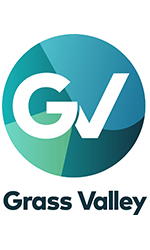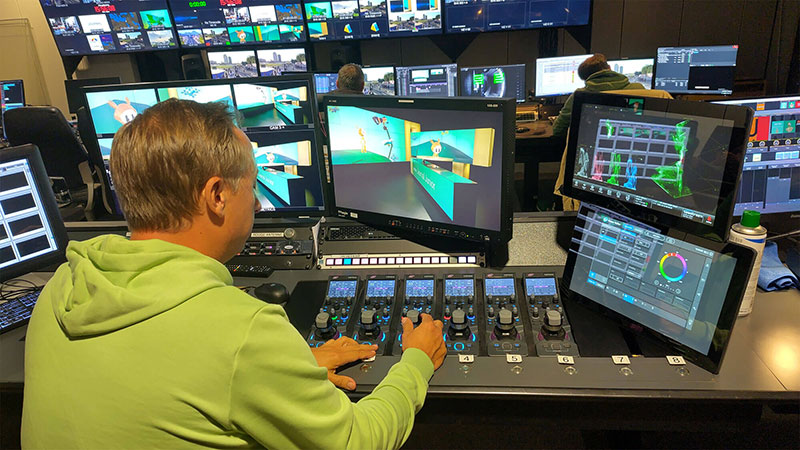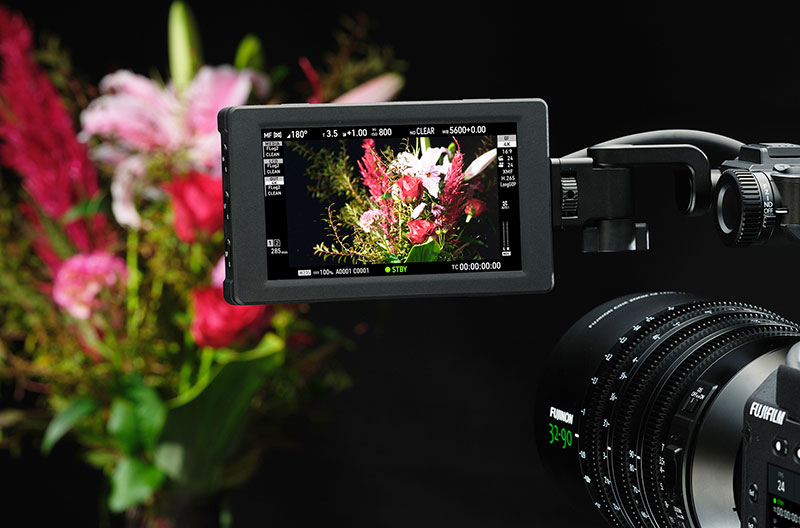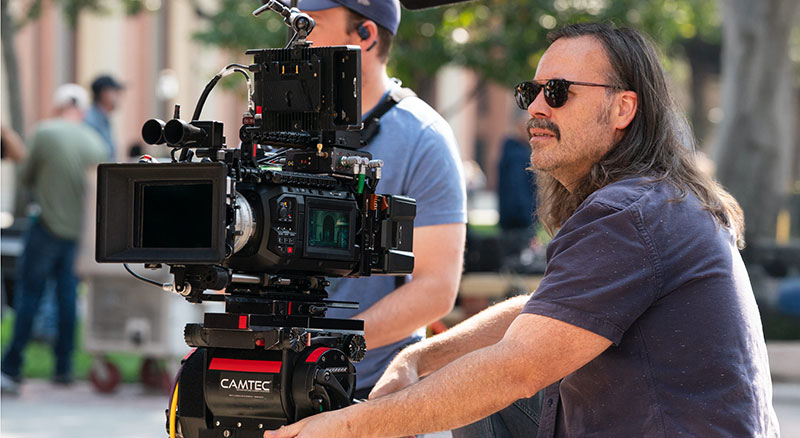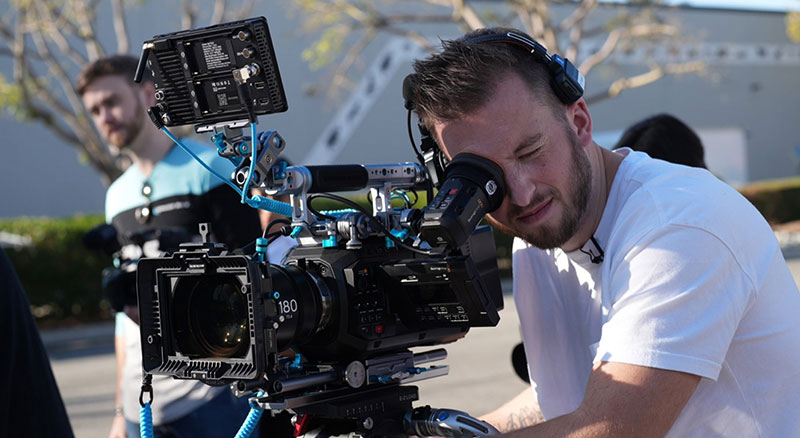ARRI’s new Network Interface Adapter NIA-1 bridges modern IP workflows and traditional LBUS-based camera and lens control systems, adding Ethernet connectivity to the network.
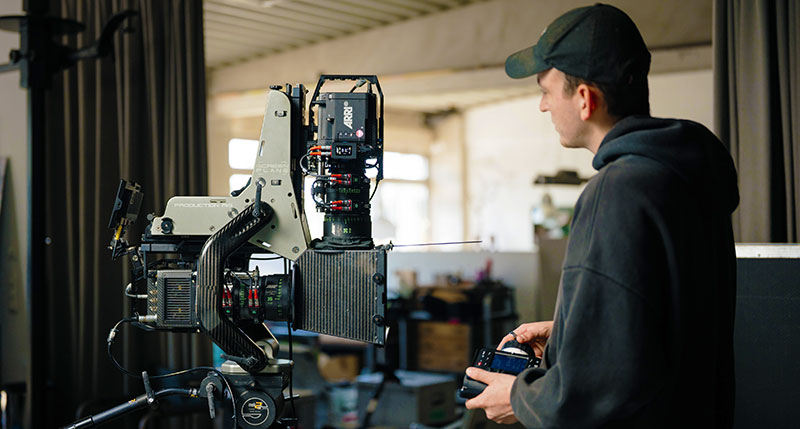
ARRI has developed Network Interface Adapter NIA-1 to bridge modern IP workflows and traditional LBUS-based (EF mount) camera and lens control systems. It is a new device in ARRI’s Electronic Control System [ECS] that adds Ethernet connectivity to the network, and means users can directly integrate multiple devices into scalable configurations for remote control applications.
Other ECS tools such as the Hi-5 hand unit for wireless camera and multi-axis lens control can now function with almost no latency over an IP network, expanding 3rd party camera compatibility in both cinematic and live productions.
Connectivity
Compact and robust, the NIA-1 has LBUS, Ethernet and USB-C connectors. The status of each connector is displayed on the touchscreen, which serves as a user interface. Alternatively it can be controlled from any of the devices in the same network via a web interface.
The NIA-1 also makes it possible to use network channels to configure IP networks on a film set – users label each connecting device with a letter designation corresponding to a network channel, for example the letter 'A' for the A-camera. Connection is quick, and the NIA-1 will manage complex network settings automatically, although manual IP configuration is also an option when incorporating the NIA-1 into networks.
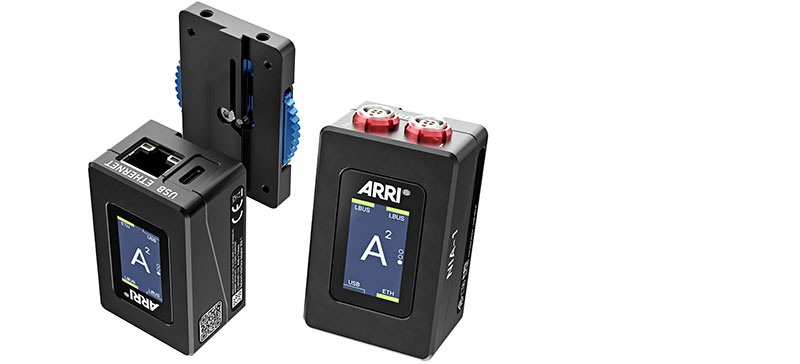
The NIA-1 mounts to cameras with a purpose-built Rotary Release Adapter (RRA-1)
The NIA-1 improves and extends control of third-party cameras from within the ARRI ecosystem, which is relevant to current and prospective owners of the Hi-5 hand unit. Instead of multiple specialised cables for different cameras, each with varying control limitations, the NIA-1 connects directly to the camera via a network, allowing more comprehensive control of camera functions with ARRI ECS tools.
The NIA-1 is mounted to cameras with a purpose-designed Rotary Release Adapter (RRA-1), which has a quick-release dovetail interface.
The initial NIA-1 customer shipment will be compatible with Blackmagic URSA Cine and Sony Burano cameras, activated through permanent licenses. The first NIA-1 software update will add NIA-1 compatibility to the existing Sony Camera Control License for Hi-5 for the Venice camera, improving options for controlling the Venice with ARRI ECS devices.
Focus pullers and DITs may want to use the NIA-1 to remotely control lens or camera settings over IP networks. For simple setups, two NIA-1 units can be connected with an Ethernet cable up to 100m long, or a fibre optic cable for longer distances.
Applications
One use case is underwater shots, where a submerged camera with a NIA-1 can be connected via Ethernet to another NIA-1 at the surface, as well as an ARRI RIA-1 radio interface adapter that permits the focus puller to operate a Hi-5 untethered. For crane shots, an Ethernet cable can connect a NIA-1 on the camera to another at the crane base, reducing the radio signal distance for remote focus pulling. In motion control or robot camera setups, the NIA-1 supports low-latency control of ARRI lens motors from anywhere in an IP network.
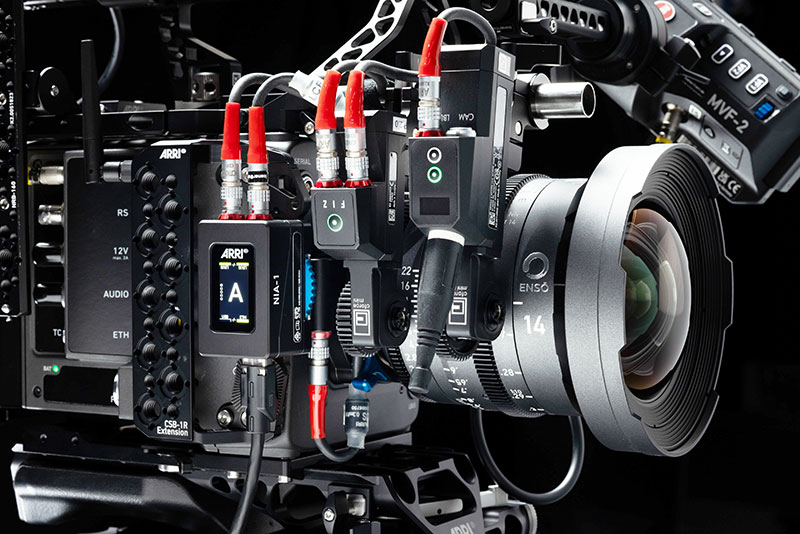
The NIA-1 complements ARRI's ALEXA 35 Live – Multicam System, which has a built-in secondary Ethernet tunnel suitable to connect the NIA-1 and integrate directly with the ARRI LPS-1 (fibre camera adapter and base station) and precise, real-time camera and lens control over large distances. ARRI CSS stabilisation gear, such as the 360 EVO stabilised remote head, are NIA-1 compatible and can be used together with ECS tools over a single Ethernet or fibre connection as part of users’ plug-and-play setups.
The new device can also be an advantage in multi-camera applications combining diverse sources – for example, a 3D rig, a beam-splitting rig for infrared capture or a multi-camera array for VFX plate shots. The NIA-1 improves simultaneous control of lens motors and camera settings, including synchronized focus pulls even with different lens types and focal lengths.
Potential applications for NIA-1 are very wide and include control of ARRI lens motors or cameras from third-party devices via IP. For this reason, ARRI is extending its partner program and encouraging third-party vendors to integrate ARRI ECS into their hardware and software products – from motion control robots to virtual production tools, and others.
The ARRI NIA-1 will be available after mid-2025. www.arri.com

